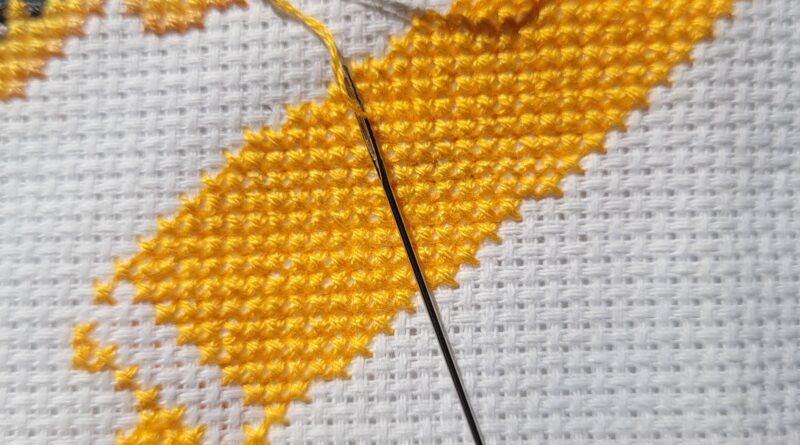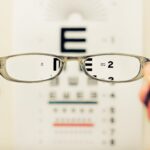Buffon’s Needle
Today, I’d like to talk about the problem called “Buffon’s needle,” which was posed by mathematician Buffon.
ビュフォンの針
This problem is something like the following:
今日は、数学者ビュフォンが提起した問題「ビュフォンの針」を紹介します。
1. Suppose you draw parallel lines with the same width on a floor, and drop a needle there.
これは、床に多数の平行線を等間隔に引き、そこの針を落としたとき、針と線が交差する確率はどうなるかという問題です。
2. What is the probability that the needle and any of the lines cross.
平行線の間隔を 2 cm、針の長さを 1 cm とすると、針と平行線が交わる確率は 1/π となります。
If the width between lines is 2 cm, and the length of the needle is 1 cm, the probability will become 1/π.
これはすなわち、針を投げる実験を繰り返せば、円周率の近似値が求まることを意味します。
This means that you can obtain an approximate value of pi by dropping needles.
数学者ラザニアは、針を3408回投げて、円周率の近似値 355/113 (= 3.1415929…) を得たとされています。
Mathematician Lasagna dropped a needle 3,408 times, and obtained the approximation of pi, 355/113 (equals 3.1419529…).
ちなみに、コンピュータ上でシミュレーションする際は、針の角度生成時もしくは針と線の交差判定時に円周率を使う必要になるので、円周率を求める意味があまりありません。
By the way, conducting this experiment on a computer is meaningless, because you need the value of pi when you generate a needle’s angle randomly or check whether or not the needle and lines cross.




